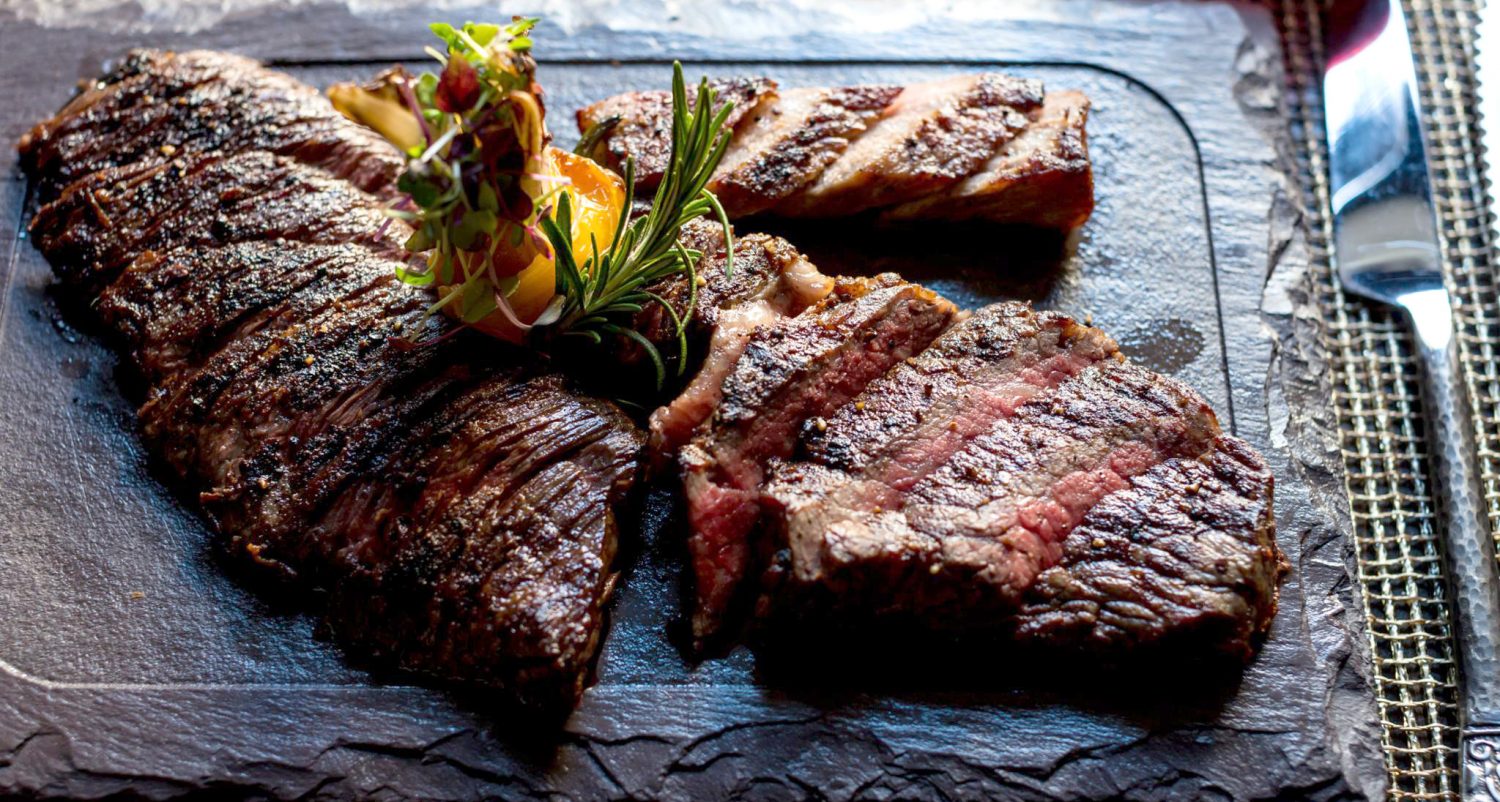Most of the scraps you throw out when prepping vegetables still have quite a few nutrients and some of them have still have falvour left in them. They are a great starting point for a Vegetable Broth. I use this is broth as a starting point for a soup or sometimes even cook rice in it.
The thi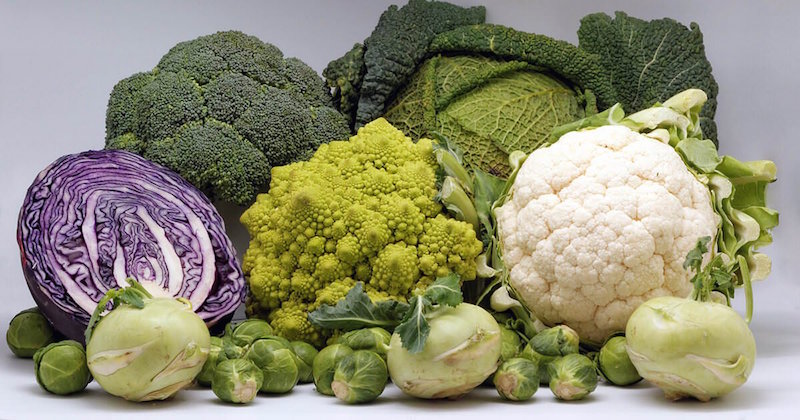 ngs you don’t want to overload the collection of scraps you want to use to make a broth are remnants of cruciferous vegetables; the top of the list mostly found in our kitchens that belong to this group are, broccoli, cauliflower, cabbage of all kinds, regular,red and Napa, brussels sprouts, Collard greens, Kale, Bok Choy and surprisingly, Arugula and watercress fall under this as well.
ngs you don’t want to overload the collection of scraps you want to use to make a broth are remnants of cruciferous vegetables; the top of the list mostly found in our kitchens that belong to this group are, broccoli, cauliflower, cabbage of all kinds, regular,red and Napa, brussels sprouts, Collard greens, Kale, Bok Choy and surprisingly, Arugula and watercress fall under this as well.
Include these sparingly, or not at all. This particular batch consisted of the following scraps
- Carrot peels
- Onion skins and the slightly dry outer layer if any
- Garlic skins
- Parsley stems
- Celery trimmings including leaves at the top and the root ends
- Zucchini aka Courgette trimmings (the central seeds and pith, which go mushy the moment they hit the saute pan) including the ends
- Cucumber skins
- Mushroom stalks (Great to add the umami flaours)
- Tomato trimmings
I had collected these trimmings for about a week in a tightly sealed ziploc bag in the fridge and I had pretty much filled up a Gallon bag full.
Directions

- Add to a stock pot the following
- the trimmings
- 1 whole chopped onion, skins and all
- 3 cloves of garlic including skin
- 10 stalks of fresh thyme
- ~10 staks of parsley (leaves, stems, the lot)
- In a small saute pan dry roast on the stove top the following till they are fragrant
- 8-10 whole black peppercorns
- 2-3 star Anise
- 4 whole cloves
- Add to the stock pot
- Cover with cold water

- Set on a hot stove and bring to a boil. Turn down to a simmer and cover. Continue to cook for an hour
- Turn the heat off and let it cool
- Put it through a coarse collander to remove all of the cooked and exhausted vegetables and then through a finer mesh collander
- The last step is to put it through a strainer lined with a coffee filter. This will remove almost all of the fine particulates and also by this stage no dirt from the original scraps collection will be in the broth.
You will end up with a fat free clear broth with a whole lot of flavour that can be used wherever vegetable broth is called for. I tend to freeze this broth in a muffin tin and then storing the resulting hockey pucks of veggie broth in ziploc bags in the freezer. These are good for 6 months to a year.
Herb Stems, and their use
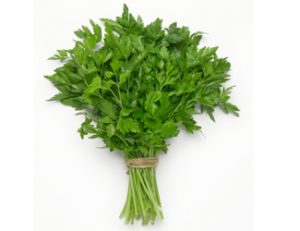 Herb stems get the short shrift when it comes to their use and get thrown out most of the time.
Herb stems get the short shrift when it comes to their use and get thrown out most of the time.
Parley stems (to the left) and Cilantro stems (below) almost always get thrown out. These have a ton of flavour. Wash them and chop them fine and throw them in  wherever you use their leaves as well. In fact, they don’t lose their aroma and flavour as fast as the leaves, So use them early in the cooking and supplement them to wards the end of the cooking process with their respective leaves.
wherever you use their leaves as well. In fact, they don’t lose their aroma and flavour as fast as the leaves, So use them early in the cooking and supplement them to wards the end of the cooking process with their respective leaves.
Chopped Parsley stems work great in soups and stews. I have also puréed them and added them with leaves to make Pommes persillade, which is Pan roasted potatoes with Parsley and Garlic, a classic French Potato preparation. Puréed Parsley stems work great when you want to cut the basil in making a pesto with Parsley; just use a mixture of leaves and stems puréed to add to the Basil in making the Pesto.
Chopped Cilantro stems are a godsend when you are making a curry. I add them early in the cooking process and use them also very heavily when making a curry base. One of the most common bases for Suuth Indian style Green Curry is puréed Cilantro, Garlic, Green Chillies. I add the stem in there on a routine basis.
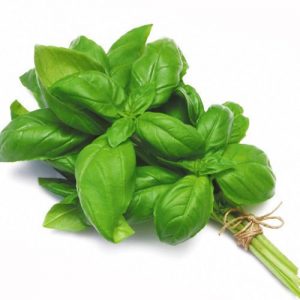
Basil stems, use them in Flavoured oil. Blanche them for twenty seconds in boiling water and immediately plunge them in ice water to stop the cooking. This is just to sterilize the outside of the stems. Dry them completely with paper towels and then put them in a air tight glass bottle with some warm extra virgin Olive oil. Steep them for a ten days to fourteen days and then discard them or purée the oil soaked basil stems and add them to Pesto.
The woodier stems of Rosemary and thyme have less wide ranging uses. However, they 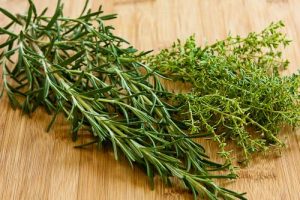 can be added to stews for flavouring. Rosemary needs care since it has piney undertones. However, thyme stems are fine when used in stews. More often than not, I just tie thyme into a bundle with Kitchen twine and use it stems and all and then get them out after the cooking is done.
can be added to stews for flavouring. Rosemary needs care since it has piney undertones. However, thyme stems are fine when used in stews. More often than not, I just tie thyme into a bundle with Kitchen twine and use it stems and all and then get them out after the cooking is done.
So don’t think of them as waste but there are plenty of usefulness in the parts of herbs we are conditioned to throw away. Try using them and you will be surprised.

